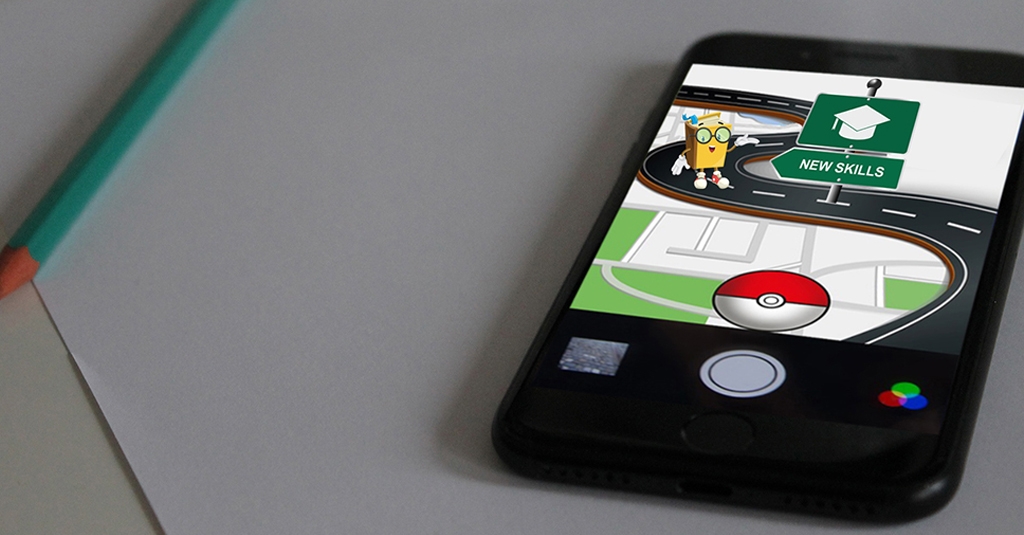With digitization, modern enterprises are paving towards effective game-based strategies to engage employees who enjoy self-paced learning experience. Earlier, game playing was considered as a pastime activity to add fun and excitement. But now, serious games incorporated with online courses have gained traction to impart skills, knowledge and experience.
The Need to Learn, Engage and RetainIn today’s modern scenario, there is a myriad of industries that use game mechanics to impart engaging learning experience. For instance, aviation industry using flight simulators, product inventory for sales employees in retail and other consumer marketing apps use game-based learning strategies.
Therefore, badges, scores, points and leaderboards are included to track individual performance at workplace. Sometimes, training sessions fail to engage learners because text-heavy information is provided in a decontextualized way. The Fogg model- Increasing Role of Games for Fun and Engagement Application of game mechanics to drive learner behavior in non-gaming elements is called as gamification. The key objective is to optimize learner engagement, collaboration with the peers, boost business productivity and employee retention. Modern workforce does not want to attend lengthy training classes and prefer to access courses on the go and at their own pace.The Fogg Model of Behavior is a behavioral model designed by Professor B.J. Fogg to demonstrate the relationship between incentive design and game mechanics. The model was based on three factors- trigger, motivation and ability. When high degree of motivation to perform certain behavior is matched with the ability to do that behavior, all that is needed is a trigger.
To drive learners’ behavioral response, trigger, motivation, and ability are 3 major factors. Ability is the time and attention resources required to accomplish any behavior. Without these, it is difficult for employees to perform the required behavior. To achieve this, it is essential to motivate employees with badges and scores on successfully completing a module. Apart from ability and motivation, a trigger is necessary to bring an expected behavior. Trigger instructs the participant to complete the target behavior at the right time. Game mechanics serve as the basic building blocks to impart engaging learning experiences. These help to satisfy learners’ desires through strategies that are applied to e-learning. Some of the top gaming techniques used to meet human desires are outlined here:
- Rewards Players earn tangible or intangible rewards for completed actions through points, achievements, badges, and more.
- StatusIt is the rank achieved by participants during the entire game. The status of learners is easily visible to managers and supervisors to track the progress.
- AchievementsAchievements may be long-term goals where learners must perform more efficiently to achieve desired results. Once an employee accomplishes a certain level and receives a reward for his achievement, a badge is displayed to encourage others.
- AvatarsSome people complain that they miss the presence of an instructor while undergoing training. Through gamified learning, this challenge is addressed by using avatars or learning agents for an interactive learning experience.
- LeaderboardsLeaderboards are used to display ranks and scores achieved by players, thereby driving competition across the organization. These aid employees to perform the desired behavior.
Gamification on Your Personalized Mobile Device
Modern workforce prefers learning on the go and this is why the scope of using bespoke mobile devices such as tablets and smartphones for e-learning is also increasing. Gamification on mobiles has reactivated the interest of employees who are mostly traveling or working from offsite locations. Undoubtedly, gamification helps to explore the whole environment, so that employees can be more productive at work. This concept is not new as organizations incorporate games to motivate and inspire their employees. When applied correctly, games boost the overall learning experience and delight learners with fun and entertainment.
Suggested Further Reading: How Gamification Leads To Success In The Modern Learning Space








